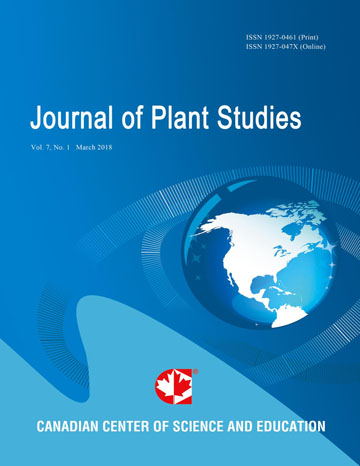Allometric Dynamics in Branch Growth of Crape Myrtle
- Xiongwen Chen
Abstract
Tree branches provide multiple functions in tree growth. It is necessary to study the allometric patterns of branches in order to understand some quantitative perspectives in tree growth. In this study, branches of seven crape myrtle trees (Lagerstroemia indica) were studied to examine allometric relationships in different times. The results indicated that the total basal area of branches at one order was far more than it at the next lower order (branches far from trunks). The scaling exponents of frequency distribution in both branch length and diameter decreased from above 1.0 in May to 0.1 in November as branches grew. The entropy of branch length and diameter both decreased at the beginning and then increased for all trees during the growing season. The observed entropy was always less than the maximum entropy. The average slenderness of branches was close to 20 for all trees. There were higher fluctuations in the slenderness within small or short branches (diameter less than 10 mm or length less than 100 cm). The scaling exponents between branch radius and length were concentrated at 1.0 for most trees. The correlation between the branch diameters of 1st order and the number of branches at 2nd order was not significant. The general trend and deviations in allometric relationships may help to understand the complexity in tree branch development.
- Full Text:
 PDF
PDF
- DOI:10.5539/jps.v6n2p28
Index
- AGRICOLA
- CAB Abstracts
- CABI
- CAS (American Chemical Society)
- CNKI Scholar
- Elektronische Zeitschriftenbibliothek (EZB)
- Excellence in Research for Australia (ERA)
- Google Scholar
- JournalTOCs
- Mendeley
- Open policy finder
- Scilit
- Standard Periodical Directory
- Technische Informationsbibliothek (TIB)
- WorldCat
Contact
- Joan LeeEditorial Assistant
- jps@ccsenet.org
